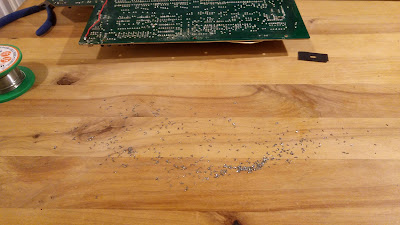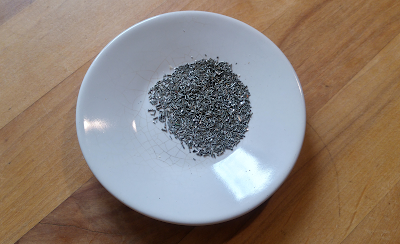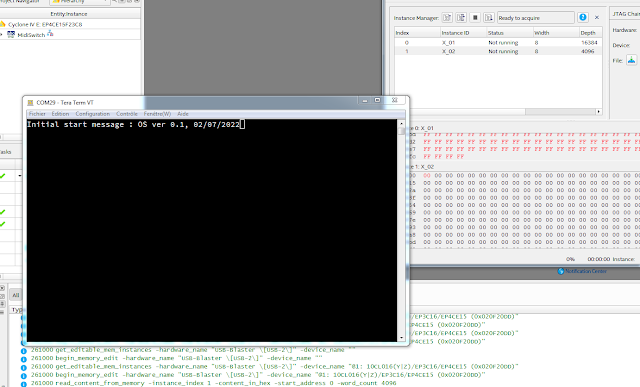This story is starting to get a little annoying. In recent months, the price of components, particularly on silicon chips, had seen their prices explode. It is now becoming impossible to obtain them, particularly processors.
As a result, it becomes more and more difficult to advance in my developments. No more FPGAs, no more ARM-like ST processors: hum!!!!
Just to think of something else, I pulled out of the boxes a Roland CSQ-600 sequencer in poor condition and non-functional.
 |
| https://fr.audiofanzine.com |
This is not my personal CSQ-600. The case is so deteriorated by rust that I do not prefer to display images that may offend the sensitivity of some ;-)
I prefer to display here, a picture of the cleaned motherboard of the machine:
I did two main jobs on this board. The goal being to clean it on both sides, I started by cutting all the legs of the components. They were really too long and were going to bother me to pass the brush. Knowing that it was also possible that some bent legs end up touching and creating problems. Might as well avoid all these inconveniences.

In the end, I ended up sucking all this little pile of bits of metal:
It took me some time but allowed me afterwards to properly clean the whole circuit board.
And, obviously, I had to redo some tracks located under the location of the original battery which, having leaked, had corroded and cut the 4 'usual' tracks.
After general inspection of the board and some soldering redone, I was able to power up the system.
And what happened?
Absolutely nothing!
flat cephalogram!
After having tested all the pins of the 8048 micro-controller, it turned out that absolutely nothing is happening on its input/output ports.
In fact, this is what I found:
- On pins 2 and 3 I observe the system clock which is approximately at 5MHz.
- The ALE signal is active.
- Pin 16 (DB4) is stuck to +VCC and does not move.
And that's all! There are days like that.....................
For me the conclusion is quite simple: the processor is dead!
I don't know what happened on this machine. I bought it in the state and potentially not functional a few years ago for a few tens of Euros. It may be that there were tests performed in the wrong way, that the 5V was higher, and in this case other logic circuits will be destroyed etc etc...
At the moment, none of the circuits are getting hot, so I'm hopeful that all the logic on this board hasn't been destroyed. I always ask myself the question of what can destroy a processor. I have never seen a CPU die on its own. Most of the time it is a question of a bad handling which leads to the destruction of the circuit.
The problem is, first, I don't have an 8048 processor, nor the way to program one. I don't have the firmware dump either. Anyway, I found a supplier able to get me a programmed 8048. First of all, I will direct myself towards the replacement of this component.
















